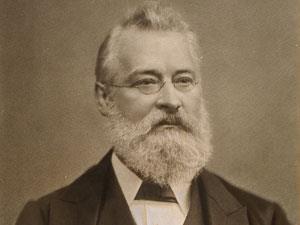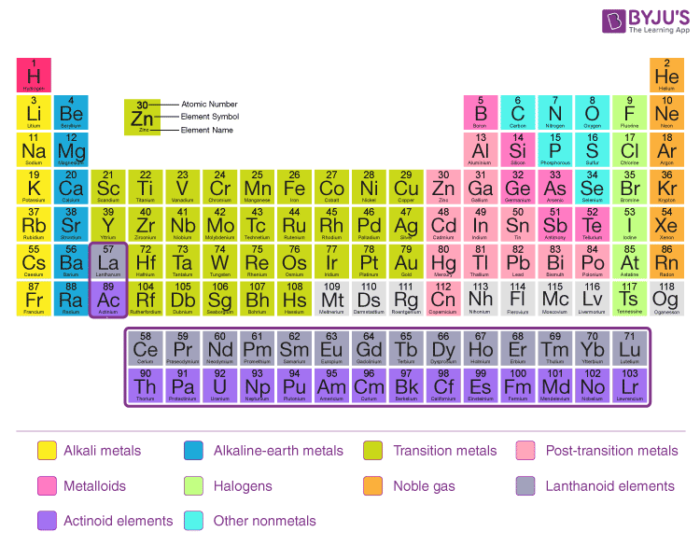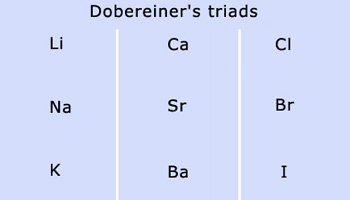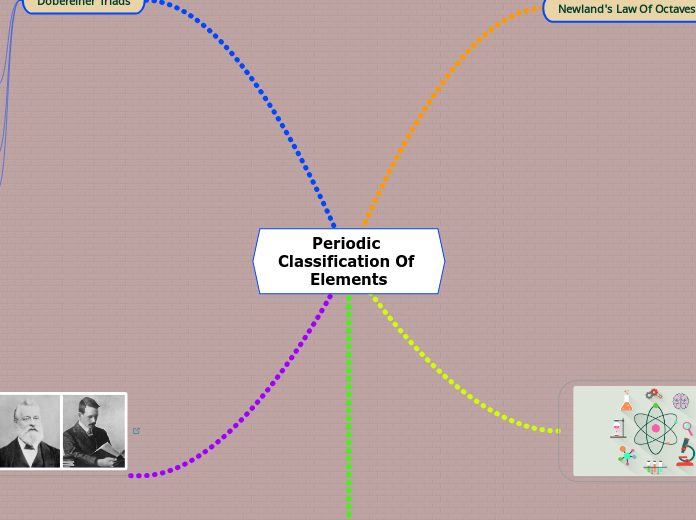Periodic Classification Of Elements
Newland's Law Of Octaves
Background

John Newlands was a British chemist who worked concerning the periodicity of elements and contributed in a significant way for the development of the periodic law.
Concept
•In 1866, Newlands arranged the 56 elements known at that time, from hydrogen to thorium, in their increasing order of atomic masses.
•He examined that the 8th element had similar properties to the first element. He related his theory to musical octaves and named his classification of elements Newlands Law of Octaves.
Examples

Eg-The properties of Lithium (Li) and Sodium (Na) were found to be the same as sodium is the eighth element after lithium.
Limitations
•Newlands Law of Octaves was only applicable till Calcium (20th Element)
•It was assumed by Newlands that no new elements would be discovered in the future but his assumption was not true, and the new elements discovered later did not fit in his classification.
•He had to adjust two elements in the same slot (Cobalt & Nickel) to fit his table.
•Cobalt & Nickel were kept in the same column as Chlorine, Florine and Bromine which had vastly different properties than these elements.
Conclusion
Newlands’ Law of Octaves was not considered to be useful and worked well with lighter elements only.


Döbereiner Triads
Background

Johann Wolfgang Döbereiner studied as a
pharmacist at Münchberg in Germany, and then studied chemistry at Strasbourg.
Concept
•In 1817, Döbereiner tried to arrange the elements with similar properties into groups. He put 3 elements in a group and called it a triad.
•He showed that when the 3 elements in a triad were written in the order of their increasing atomic masses; the atomic mass of the middle element was roughly the average of the atomic masses of the other two elements.
Examples

Limitations
Döbereiner could identify only three triads from the elements known at that time.
Conclusion
Hence, this system of classification into triads was considered not to be useful.

